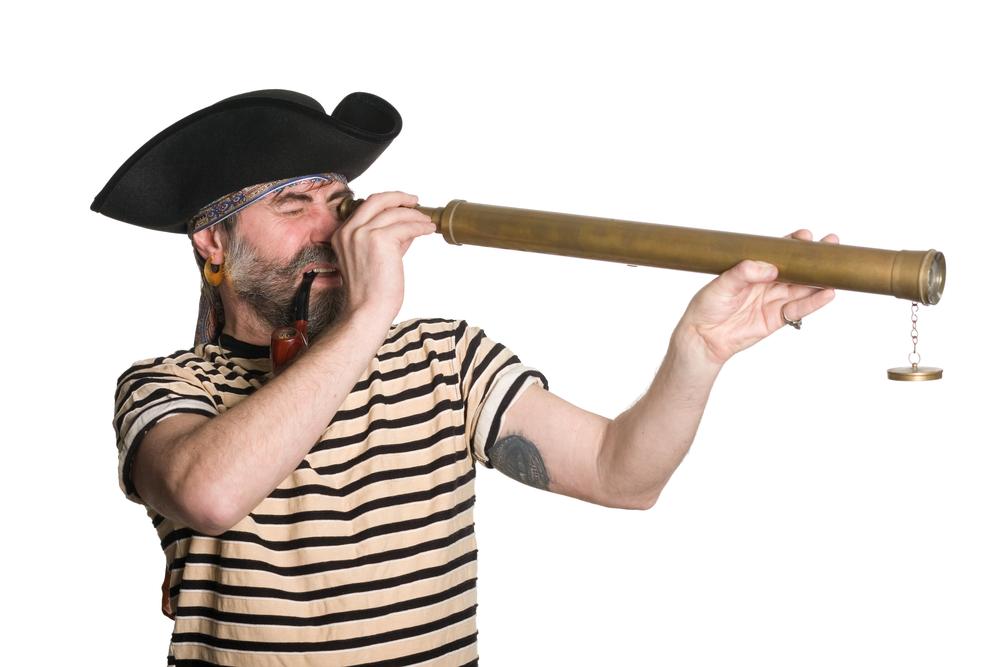
How To Discover An Opening Novelty
These days, when opening theory grows exponentially, it is very difficult to come up with an opening novelty.
The new move you are considering was either already played by someone, analyzed in some publication or already stored in somebody's computer!
We need a new way to find novelties that will astonish our opponents! Sometimes Lady Luck can help you, like in the following game:
According to Anand, when during his preparation he analyzed the position after 21.e5, he touched his computer's mouse by accident and it pushed the c6 pawn one square forward. Anand was about to correct his mistake, but suddenly he noticed that the engine really liked the move! As they say, the rest is history.

Despite of the huge success of Anand's novelty, I wouldn't recommend this method of finding an opening novelty. If you start checking what the engine says about the moves you enter randomly, you might indeed discover a breakthrough novelty, but the process will look a lot like the Infinite Monkey Theorem.

In his excellent book "200 Open Games," David Bronstein analyzes the following miniature. Try to find the cute combo executed by the grandmaster.
I really like what Bronstein says there:
What is this game remarkable for? Probably for the move 4.Qa4. In text-books only one move is recommended, 4.Qd1, but who can believe that such a powerful piece as the queen has such a limited range of movement? As soon as I have a convenient opportunity I will try to work out a harmonious plan of attack even, say, with a move so illogical at first sight as 4. Qd2. One needs only to be aware of all the pluses and minuses of this idea and everything will be fine.
Notice that Bronstein doesn't talk about opening advantage or particular variations. For him the creative process of finding interesting and unusual ideas was more important than the objective evaluation of such ideas! It looks like in the following game Bronstein indeed tried to find the hidden ideas in what seems like a very illogical move:
This is a very strange game that I found in the database. Both grandmasters were well-known for their fighting chess, so a draw as early as move eight looks improbable. Since it was a team event, maybe the captains of both teams insisted that the players stop this madness?
By the way, some 50 years ago pretty much the only opening where the early g2-g4 thrust was allowed by official opening theory was the Keres Attack in the Sicilian Defense. Here is another Bronstein game:
The coaches explained to their pupils that the move 6.g4! in the Keres Attack is the major exception and it shouldn't be played anywhere else. Then in the beginning of the 1990s, the young grandmasters Shirov and Shabalov started to play the g4-move in what supposed to be a quiet variation of the Semi-Slav.
But it was after GM Krasenkow played g4 as early as move four and wrote in the annotations that you can play this move in pretty much in any position that all hell broke loose.
Indeed, people started playing g2-g4 in all openings! Neither the conservative Philidor Defense, nor the classical Nimzo-Indian Defense were spared!
Recently even the world champion jumped on the bandwagon:
Of course Bronstein's old idea 2.g4!? found its supporters as well!
So, you want to find a novelty in a well known opening position? Look at the most illogical move and try to find a hidden point there. Or just play g2-g4!



